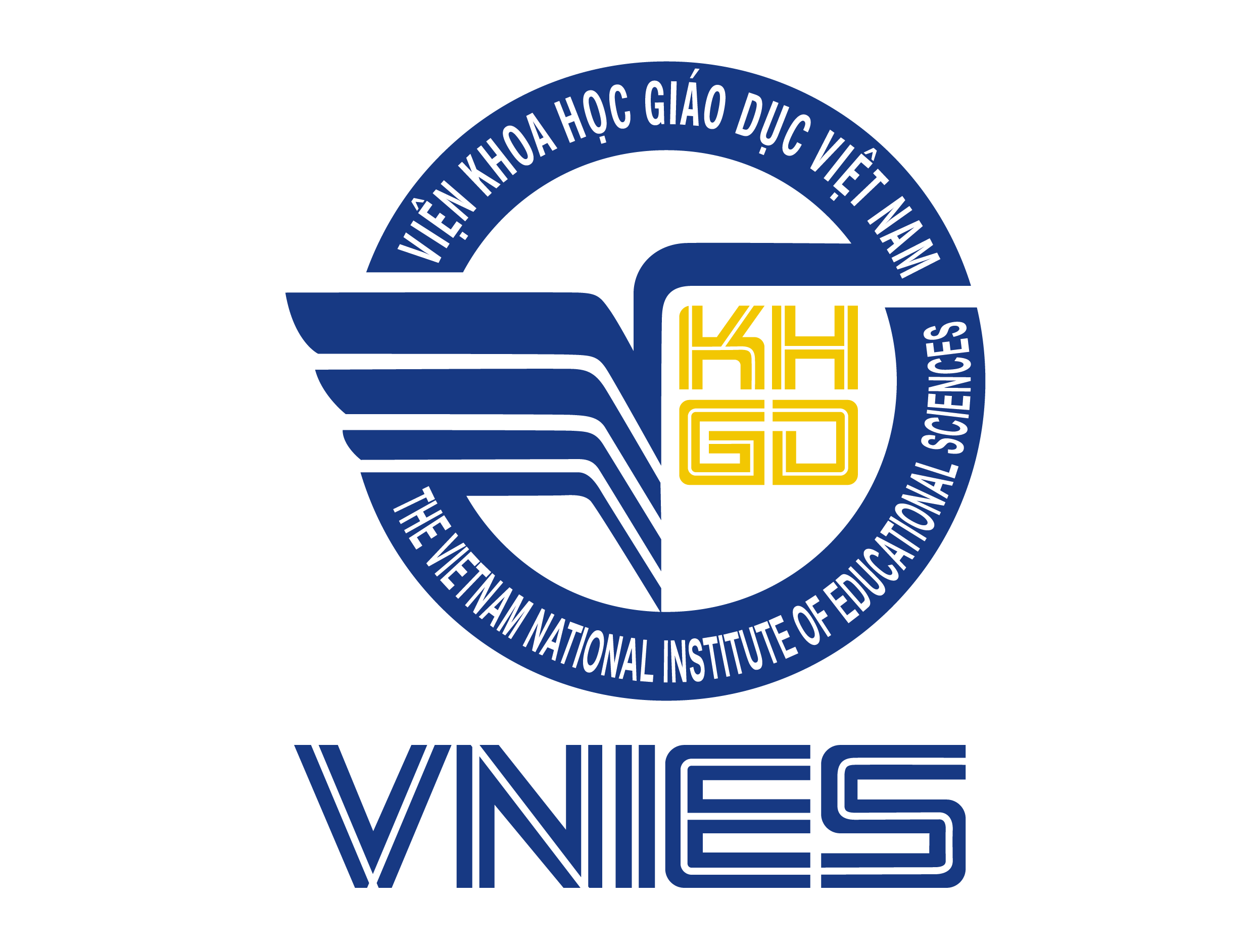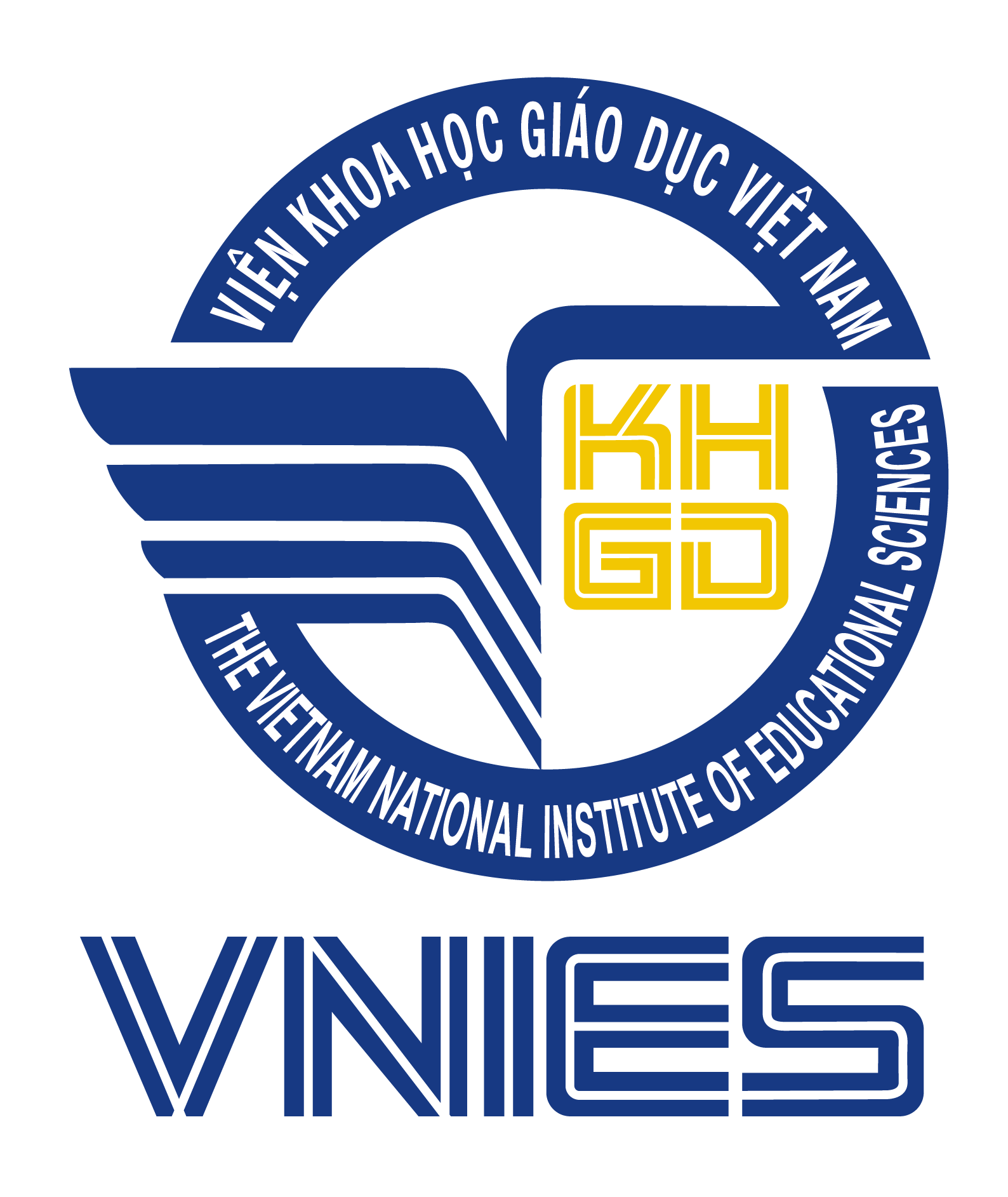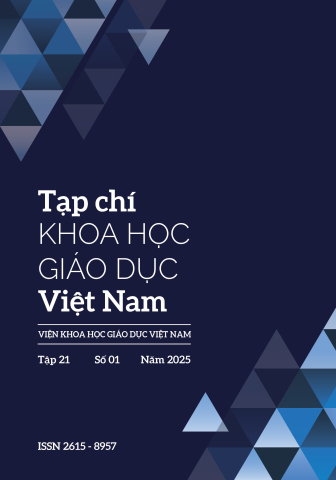[1] Babanxki Iu. K. (1983). Giáo dục học (Bản dịch tiếng Việt của Lê Khánh Trường, 1986). Lưu hành nội bộ, Trường Đại học Sư phạm Thành phố Hồ Chí Minh.
[2] Coronado, J. M., Moyano, A., Romero, V., Ruiz, R., & Rodríguez, J. (2021). Student Long-Term Perception of Project-Based Learning in Civil Engineering Education: An 18-Year Ex-Post Assessment, Sustainability, 13, 1-16, DOI:10.3390/su13041949.
[3] Chang, T. S. (2024). Strengthening professional development with an instructional design for an interdisciplinary undergraduate-level engineering course, In Strengthening Professional and Spiritual Education through 21st Century Skill Empowerment in a Pandemic and Post-Pandemic Era (pp.1-8), Routledge.
[4] El-Maaddawy, T. (2017). Innovative assessment paradigm to enhance student learning in engineering education, European Journal of Engineering Education, 42(6), 1439-1454.DOI:10.1080/03043797.2017.1304896.
[5] Govender, D, Prakaschandra, DR, & Mohapi, MJ (2021). Student preparedness for work-integrated learning in biomedical technology: student perspective. The Journal of Medical Laboratory Science & Technology South Africa, 3(2), 65-70, DOI:10.36303/JMLSTSA.2021.3.2.88.
[6] Heinendirk, Eva-Maria, & Čadež, Ivan. (2013). Innovative Teaching in Civil Engineering with Interdisciplinary Team Work, Organization, Technology & Management in Construction, 5(2), 874-880. DOI:10.5592/otmcj.2013.2.6.
[7] Isoherranen, V., & Kääriäinen, J. (2021). Oamk_ Highway - New Route for Young People towards Engineering Degree in Northern Finland, In A. C. Alves, N. van Hattum-Janssen, R. M. Lima, & V. Villas-Boas (Eds.), Proceedings of the PAEE/ ALE’2021. International Conference on Active Learning in Engineering Education, DOI:10.5281/ zenodo.5098254.
[8] Kim, Y., Das, S., Shah, J. A., & Lim, L. H. I. (2024). Design of Project-Based Learning (PBL) in Civil Engineering. International Journal of Learning and Teaching, 10(4), 539-543.
[9] Lê Vinh Quốc (2008). Các yếu tố cơ bản trong quá trình giáo dục hiện đại và vấn đề đổi mới dạy học ở Việt Nam (Lí thuyết và ứng dụng) - Chuyên đề đổi mới dạy học. Lưu hành nội bộ Trường Đại học Sư phạm Thành phố Hồ Chí Minh.
[10] Liu, X., Du, P., Wu, S., & Hao, Y. (2020). Teaching reform and exploration of graduation design for civil engineering, In IOP Conference Series: Earth and Environmental Science, 580(1), 012082. IOP Publishing.
[11] Lê Chi Lan. (2024). Giải pháp nâng cao kết nối doanh nghiệp với cơ sở giáo dục đại học. Tạp chí Khoa học Giáo dục Việt Nam, 20(09), tr.7-13.
[12] Nguyễn Thị Kim Chi. (2017). Chính sách thu hút sinh viên của các trường đại học ở Việt Nam hiện nay. Tạp chí Khoa học Giáo dục Việt Nam, 140, 22-24.
[13] O’Dwyer, D. W. (2021). The potential roles of construction history in engineering education, In History of Construction Cultures Volume 1 (pp. 403-409), CRC Press.
[14] Pinho-Lopes, M., Macedo, J., & Bonito, F. (2011). Cooperative learning in a Soil Mechanics course at undergraduate level. European Journal of Engineering Education, 36:2, 119-135, DOI:10.1080 /03043797.2011.565115.
[15] Pan, C., Chen, K. & Shen, X. (2020). Research on teaching reform of civil engineering construction course under the background of new engineering, In IOP Conference Series: Earth and Environmental Science (Vol. 510, No. 6, p. 062011), IOP Publishing.
[16] Rangel, B., Sá, A. V., Guimarães, A. S., & Alves, F. B. (2016). Integrated design concept in civil engineering education. International Journal of Engineering Education, 32(3A), 1279-1288.
[17] Tyler, R. W. (1950). Basic Principles of Curriculum and Instruction, University of Chicago Press, Chicago.
[18] Từ điển Giáo dục học, (2001), NXB Từ điển Bách khoa, Hà Nội.
[19] Từ điển Bách khoa Việt Nam, tập 3. (2003). NXB Từ điển Bách khoa, Hà Nội
[20] Trần Thị Hương. (2012). Dạy học tích cực. NXB Đại học Sư phạm Thành phố Hồ Chí Minh.
[21] Tuan, Z. J. (2013). Study on the Cooperative Learning in the Teaching of Civil Engineering, Advanced Materials Research, 816-817, 943-946, DOI:10.4028/www. scientific.net/AMR.816-817.943.
[22] Tuchkevich, E., Rechinsky, A., Vysotskiy, A., Zolotova, J., & Tuchkevich, V. (2015). ADN and AP Programs for Civil Engineering Students, Procedia Engineering, 117, 1137-1142, DOI:10.1016/j.proeng.2015.08.247
[23] Trần Thị Hương và Nguyễn Đức Danh. (2017). Tổ chức hoạt động dạy học đại học. NXB Đại học Sư phạm Thành phố Hồ Chí Minh.
[24] Trần Khánh Đức (Chủ biên) và cộng sự (2022). Khoa học giáo dục và quản lí giáo dục. NXB Đại học Quốc gia, Hà Nội.
[25] Yiatros, S. (2016). Redeveloping Nicosia International Airport: An Extroverting Y2 Group Design Project. European Journal of Engineering Education, 42(6), 745-760, DOI:10.1080/03043797.2016.122251 1


